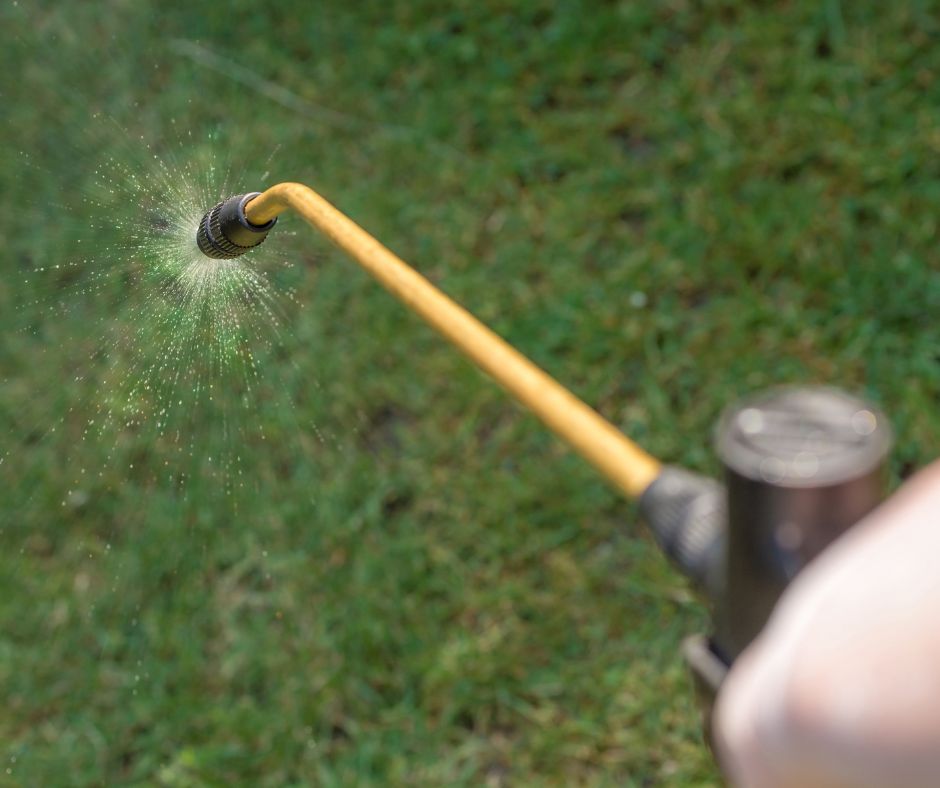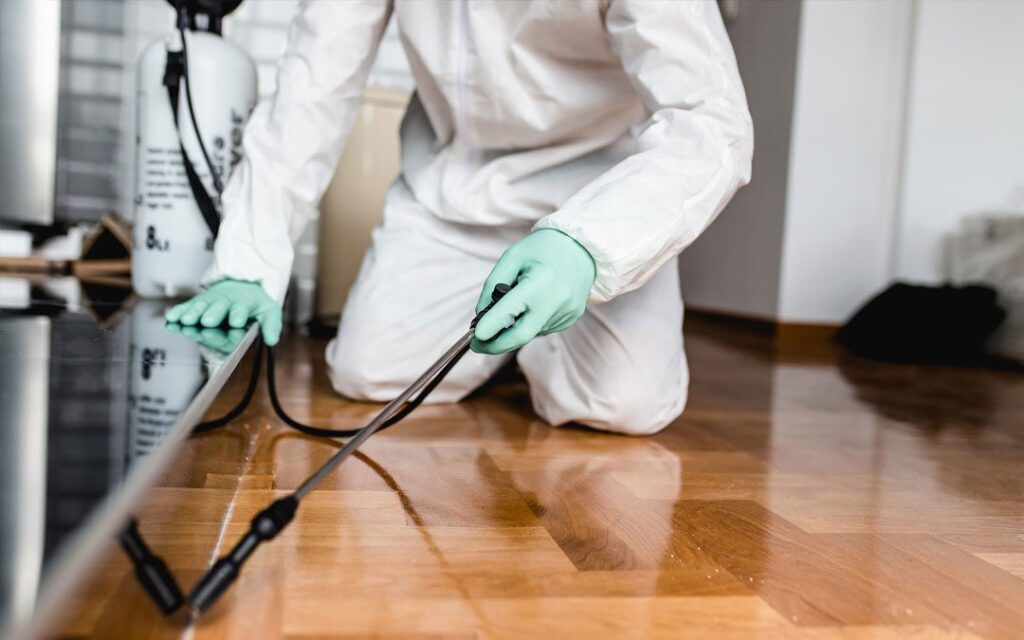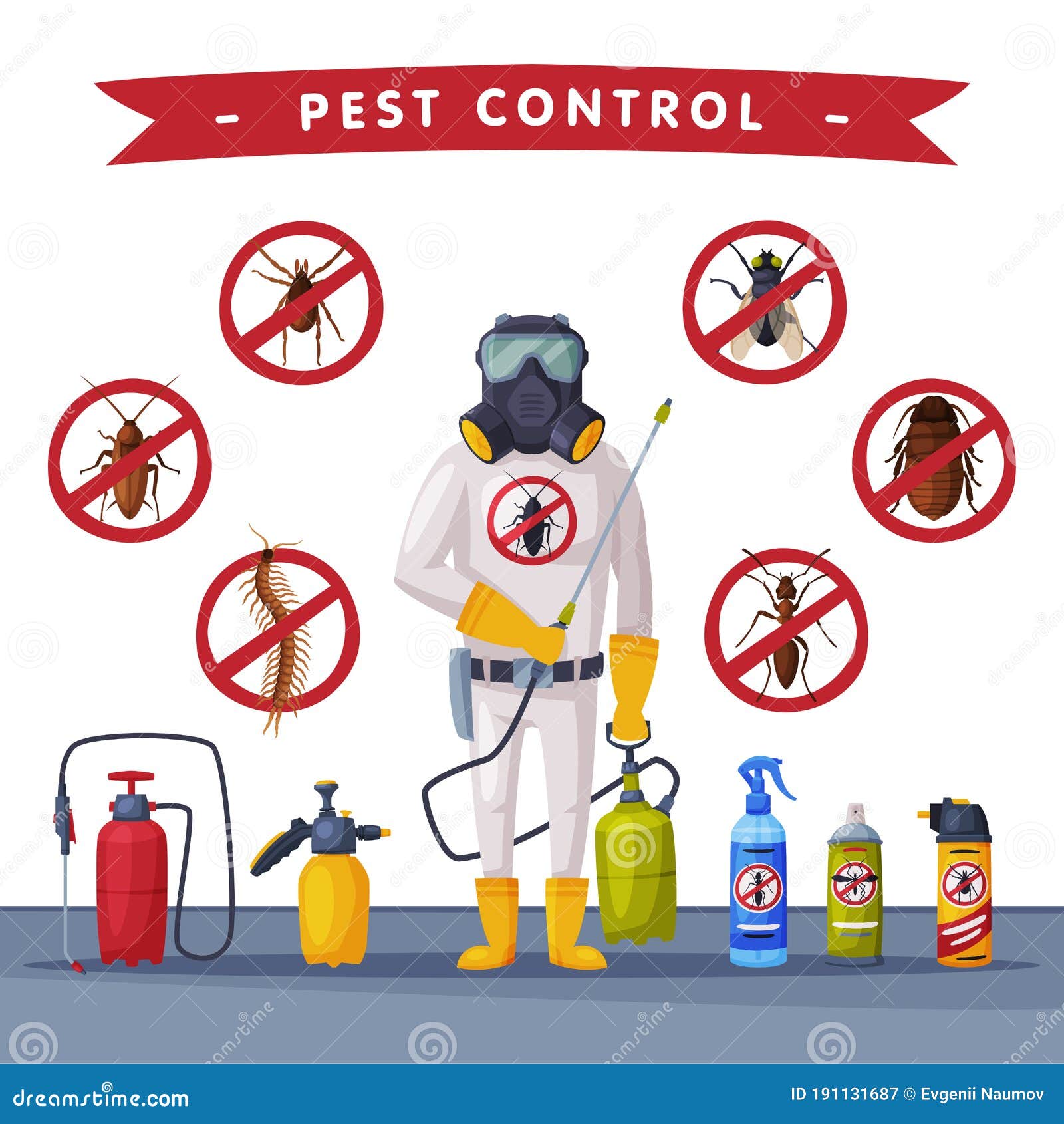Comprehensive Guide to Comprehending Pest Control Techniques and Their Therapy
Understanding pest control approaches is crucial for reliable monitoring of undesirable microorganisms that posture risks to health, agriculture, and residential or commercial property. What aspects should be taken into consideration when picking the ideal parasite control technique for a certain situation?
Introduction of Bug Control Techniques
Bug control approaches include a variety of strategies developed to handle and get rid of unwanted microorganisms that can hurt human health, agriculture, and property. Reliable insect management is vital for maintaining the stability of communities and making certain the security of food products. These methods can be extensively categorized right into 3 primary techniques: social, mechanical, and organic controls.

Cultural control includes changing farming techniques or ecological conditions to decrease bug facility and reproduction. This method includes crop rotation, cleanliness, and choosing pest-resistant plant selections. Mechanical control relies upon physical barriers or tools to stop bug gain access to or directly eliminate them. Examples include catches, nets, and hand-picking damaging insects.
Organic control makes use of all-natural killers, bloodsuckers, or microorganisms to manage pest populations. This approach stresses ecological balance and can include introducing beneficial insects, such as ladybugs or predative nematodes, to take care of pest existence.
Integrated insect monitoring (IPM) incorporates these methods, utilizing a holistic strategy that highlights prevention, surveillance, and liable administration. By employing a blend of these methods, parasite control can be much more lasting and efficient, minimizing reliance on chemical treatments while protecting human health and the setting.

Chemical Insect Control Solutions
A selection of chemical bug control solutions are offered, giving efficient alternatives for managing bug populaces when other techniques might fall brief. These remedies mainly consist of pesticides, herbicides, fungicides, and rodenticides, each developed to target details insects while minimizing injury to non-target organisms.
Pesticides are especially effective versus a variety of pests, including ants, cockroaches, and termites, and can be identified as contact or systemic agents. Call insecticides eliminate bugs on call, while systemic insecticides are absorbed by plants, making them toxic to insects that prey on them. Herbicides are utilized to manage unwanted greenery, whereas fungicides are important for handling fungal diseases that can harm crops and decorative plants.
Rodenticides, designed for rodent control, are readily available in numerous formulas, including baits and tracking powders. It is critical to comply with tag instructions diligently to make sure security and effectiveness. Furthermore, integrated insect administration (IPM) principles ought to be utilized, combining chemical services with cultural, mechanical, and biological strategies for sustainable insect control. This holistic approach not just boosts pest monitoring efficiency however also reduces potential ecological influences connected with chemical usage.
Organic Parasite Control Strategies
Organic insect control strategies offer an eco-friendly option to chemical techniques by utilizing all-natural predators, bloodsuckers, or microorganisms to manage parasite populations. This strategy leverages the environmental relationships in between organisms, advertising a balanced community while reducing chemical deposit in the atmosphere.
One of the most usual biological control approaches includes the introduction of all-natural opponents. Ladybugs are used to control aphid populations, while parasitic wasps can target caterpillars and various other pests. These natural killers effectively decrease pest numbers without hurting advantageous bugs.
Furthermore, microbial representatives such as microorganisms, fungis, and viruses are used to contaminate and kill particular parasites. Bacillus thuringiensis (Bt), a naturally occurring bacterium, is widely used to manage caterpillars and various other larvae, showcasing the performance of microbial insect control.

Physical and Mechanical Techniques
Often utilized in incorporated parasite monitoring methods, physical and mechanical methods function as efficient devices for controlling insect populations without making use of chemicals. These techniques depend on physical barriers, traps, and various other mechanical tools to prevent or eliminate pests, making them eco-friendly alternatives.
Physical methods include using obstacles such as insect netting, displays, or row covers that literally block insects from accessing plants. This is especially beneficial in agricultural settings where plant defense is crucial. Furthermore, habitat adjustment, such as eliminating debris and standing water, can minimize pest reproducing websites, thus minimizing invasions.
Mechanical approaches encompass catches, which can be created to capture particular bugs. Sticky traps and scent traps are typical instances that lure and maintain pests, helping with tracking and control. Vacuuming is an additional mechanical approach, efficient important source for getting rid of pests from indoor settings, particularly in situations of invasions.
Preventative Pest Monitoring Methods
Effective preventative pest monitoring methods are vital for maintaining healthy and balanced settings and minimizing pest-related concerns prior to they arise (Pest Control in Port Charlotte, FL). These methods concentrate on aggressive measures that lower the possibility of bug problems by dealing with the root creates

Another important technique involves proper landscape design practices (Pest Control in Port Charlotte, FL). Keeping vegetation trimmed and far from structures can lower harborage areas for parasites. Carrying out incorporated insect monitoring (IPM) methods that consist of keeping track of bug populations and utilizing organic controls can foster a balanced ecological community that naturally reduces pest numbers.
Education and learning and training for staff and locals on identifying early indications of parasite activity are likewise vital components of an efficient preventative program. By cultivating an atmosphere of recognition and caution, organizations and house owners can greatly improve their pest administration initiatives and secure their spaces against future problems.
Conclusion
Finally, reliable pest control needs a complex method that incorporates chemical, biological, and mechanical approaches. Utilizing an Integrated Parasite click reference Management (IPM) framework permits the sustainable administration of insects while lessening ecological impact. Preventative click for more methods additionally enhance the efficiency of these methods, making sure long-term security of wellness, agriculture, and property. Ultimately, a detailed understanding of these varied bug control strategies is crucial for attaining effective end results in parasite monitoring campaigns.